Zorns Lemma est un film américain de genre Documentaire réalisé par Hollis Frampton
Zorns Lemma (1970)
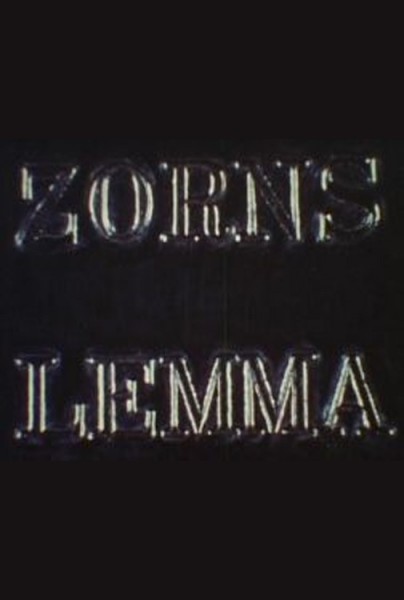
Si vous aimez ce film, faites-le savoir !
Zorns Lemma is a 1970 American structural experimental film by Hollis Frampton. It is named after Zorn's lemma (also known as the Kuratowski–Zorn lemma), a proposition of set theory formulated by mathematician Max Zorn in 1935. It remains, along with Michael Snow's Wavelength and Tony Conrad's The Flicker, one of the best known examples of structural filmmaking.
The experimental filmmaker Ernie Gehr stated: "Zorns Lemma is a major poetic work. Created and put together by a very clear eye, this original and complex abstract work moves beyond the letters of the alphabet, beyond words and beyond Freud. If you don't understand it the first time you see it, don't despair, see it again! When you finally 'get it,' a small light, possibly a candle, will light itself inside your forehead."
Commentaires
Postez un commentaire :
Suggestions de films similaires à Zorns Lemma
Il y a 0 films avec le même réalisateur, 8859 ayant les mêmes genres cinématographiques, pour avoir au final 70 suggestions de films similaires.Si vous avez aimé Zorns Lemma, vous aimerez sûrement les films similaires suivants :
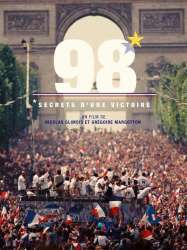
98, secrets d'une victoire (2018)
, 1h45Origine France
Genres Documentaire
Thèmes Sport, Documentaire sur le sport, Football
Note70%





Vingt ans après leur victoire à la Coupe du monde de football de 1998, l'ensemble des joueurs et membres du staff de l'équipe de France partagent leurs souvenirs de leur parcours durant cette compétition ; du premier match victorieux contre l'Afrique du Sud à la finale au scénario idéal contre le Brésil, en passant par le but en or contre le Paraguay, les tirs au but contre l'Italie et la demi-finale disputée contre la Croatie, ainsi que les à-côtés, comme la vie à Clairefontaine ou les changements dans l'opinion publique et les médias.

The Kid Stays in the Picture (2002)
, 1h33Réalisé par Nanette Burstein, Brett Morgen
Origine Etats-Unis
Genres Documentaire
Thèmes Documentaire sur le monde des affaires, Documentaire sur le cinéma, Documentaire sur une personnalité
Acteurs Robert Evans, Eddie Albert, Norma Shearer, Ali MacGraw, Francis Ford Coppola, Catherine Deneuve
Note72%





The Kid stays in the picture retrace la fulgurante ascension, la chute puis de nouveau l'ascension de Robert Evans, le légendaire producteur hollywoodien du Parrain, de Rosemary's baby et de Love story. Adapté de l'autobiographie de Robert Evans, qui en assure lui-même le commentaire, ce documentaire retrace la vie de ce personnage hors du commun qui fut d'abord une star de cinéma avant de passer à la production.
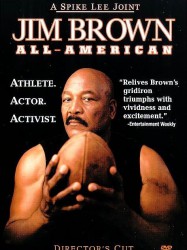
Jim Brown: All-American (2002)
, 2h20Réalisé par Spike Lee
Origine Etats-Unis
Genres Biographie, Documentaire
Thèmes Sport, Documentaire sur le sport, Football américain, Documentaire sur une personnalité
Acteurs Raquel Welch, Oliver Stone, Melvin Van Peebles, Mario Van Peebles, Fred Williamson, Bernie Casey
Note63%






Je me souviens (2002)
, 47minutesOrigine Canada
Genres Documentaire
Thèmes Le racisme, Documentaire sur la discrimination, Documentaire sur le droit, Documentaire sur une personnalité, Documentaire sur la politique, Politique, Documentaire sur la politique du Québec
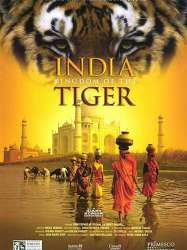
India: Kingdom of the Tiger (2002)
, 42minutesRéalisé par Bruce Neibaur
Origine Canada
Genres Documentaire
Thèmes Mise en scène d'un animal, Documentaire sur la nature
Acteurs Christopher Heyerdahl
Note60%





The plot is loosely connected to the documental stories published in Jim Corbett's 1944 bestselling book Man-Eaters of Kumaon. Narrator of the film is Jim Corbett. In the film, Corbett, who is portrayed by Christopher Heyerdahl, is asked to kill a man-eating tiger who killed a young woman in Kumaon. Corbett arrives to Kumaon and meets with local people. The sister (Mishra Smriti) of the victim takes Corbett to the killing site. They together ambush the man-eater and Corbett kills the tiger from the machan. During this plot, the narration (by Corbett) contains stories of the history of India and the Kumaon region, as well as the efforts to save Indian tigers.
 , 1h27
, 1h27Genres Guerre, Documentaire
Thèmes Le racisme, Religion, Documentaire sur la discrimination, Documentaire sur le droit, Documentaire sur la guerre, Documentaire historique, Documentaire sur une personnalité, Documentaire sur la politique, Documentaire sur la religion, Politique, Religion juive, Documentaire sur la Seconde Guerre mondiale
Note72%





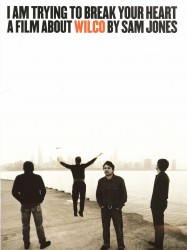 , 1h32
, 1h32Genres Documentaire, Musical
Thèmes La musique, Documentaire sur la musique, Documentaire sur une personnalité, Musique
Acteurs Jeff Tweedy, Fred Armisen
Note73%





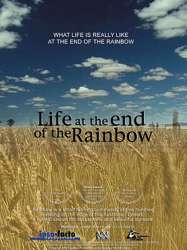 , 55minutes
, 55minutesGenres Documentaire
Thèmes L'environnement, La mer, Transport, Documentaire sur le monde des affaires, Documentaire sur l'environnement
The area was originally considered worthless by European-Australian settlers, who fenced it off and abandoned it. The town was established around the start of the 20th century by German immigrant settlers. Its population increased after the first and second World Wars due to the government's policies of subsidies to encourage settlement by veterans. The people of Rainbow have struggled to eke out an existence for more than three generations, with global economics and government policy compounding the difficulties of marginal farming. The film draws from home movies from the 1940s to portray the people in this town.

How to Draw a Bunny (2002)
, 1h30Origine Etats-Unis
Genres Documentaire
Thèmes Documentaire sur l'art, Documentaire sur une personnalité
Note73%





 Connexion
Connexion
